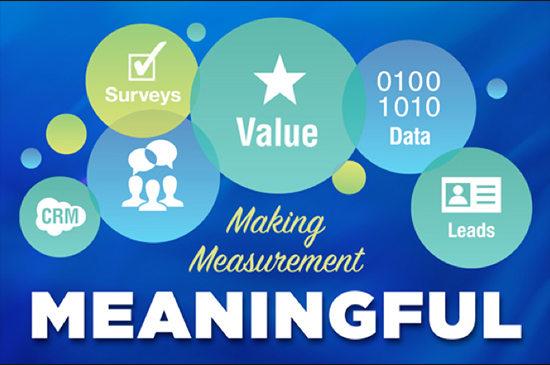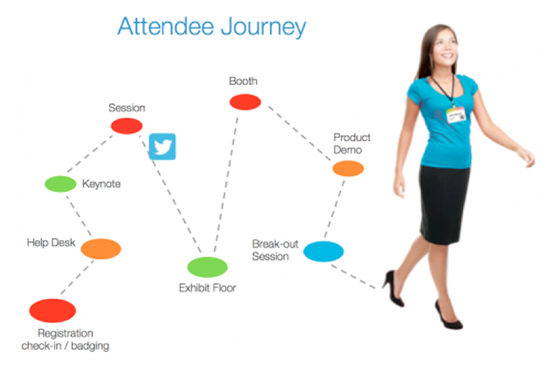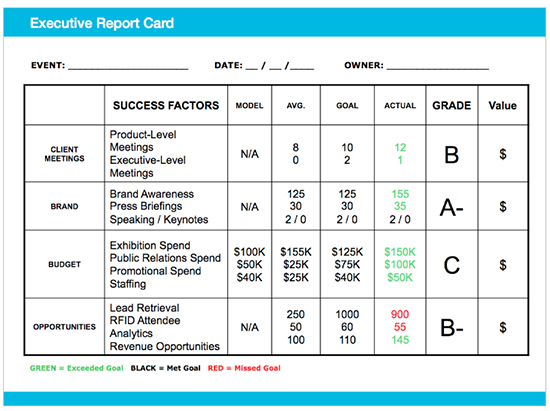This is a sponsored post written by Roger Lewis, Executive Vice President of Sales & Marketing, AllianceTech. More information about Event Manager Blog’s sponsored posts.

For Event Marketers, measurement is critical. In our quest for accurate event measurement, we gather as much data as possible in hopes of gaining the insight we need to move our programs forward. Most of us are doing well in terms of collecting the data, but we have not discovered how to tame that data and tie it into our attendees’ journeys to make it meaningful to each company’s unique requirements.
Big Data Bombardment
One of our biggest challenges as event marketers has been to make sense of the overwhelming amount of “big data” we now are able to access. Big data is simply a buzzword used for any collection of data that is so large and complex that it becomes difficult to understand using traditional database management tools. According to a recent Gartner study, 85% of Fortune 500 organizations will be unable to exploit big data for competitive advantage this year. Why? We can’t find meaning in the data deluge.
Taming Your Data
It’s time to step away from the data for a second and think about what you are trying to accomplish. Starting with objectives is always a good strategy because it’s impossible and counterintuitive to try to measure everything. What data will help you move your program and your company’s products and brand forward?
To refine big data for events, you must first ensure that you are capturing all of the data points that are relevant and central to your goals. I have found that Event Marketers who focus on their target attendee’s journey at their own events can get the most useful results.
Connecting Your Attendee’s Journey to Meaningful Measurement
Ultimately, we all need to identify which events provide the best ROI and ROO each year, and lead opportunities are a critical measurement component. Typically, for every dollar spent, you should strive to obtain twelve to twenty lead opportunities.
In addition to capturing lead data, you should understand the behavior of the attendees at your event, and evaluate session and product interest to help identify meaningful opportunities. Endeavor to measure the entire journey of each of your attendees.
For your conference or event, you can obtain significant data from measuring touch points, such as the following:
– Registration – Provides demographics, personal preferences, agenda choices
– Check-in – Self check-in and badging
– Attendance – Sessions, keynotes, break-outs, expo visits
– Expo – Lead scans, qualification surveys, product visits, product requests, exhibit floor tracking, booth visits
– Feedback – Session surveys, speaker surveys, conference evaluations, sponsor feedback
– Social – LinkedIn connections, tweets, crowd sourcing, meetings
– Mobile – Event guides, personal agendas, surveys, messaging

Meaningful Results
Apps and other event technology solutions can help you learn who has checked in for your event, what sessions attendees are participating in, which booths on the expo floor are visited the most, the speakers who are the most highly rated, and what attendees really think about your event.
Incorporating a mobile conference app can provide a more comprehensive view of each attendee’s journey. It can provide an easy, convenient way for your attendees to navigate their individual experiences at your event. Attendees can download the app and see session details, speaker profiles and build schedules for access on their mobile devices. They can locate people at the conference with similar interests, share contact information, ideas and content or simply get to know one another.
To make it convenient for attendees to provide feedback about their experiences each day, surveys can be provided through the mobile app, only linking attendees to surveys relating to the sessions and meetings they attend.
To add value for your vital event sponsors, analytics and dashboard tools can be linked to the client company’s platform for more timely insight into what attendees find valuable.
Developing an executive report card is an effective way to present your measurement results to your executives. It provides them with a comprehensive framework that translates your strategic objectives into a coherent set of performance measures, all in a very condensed format. It can help communicate the importance of following the attendee’s journey to your company’s management team.

In Conclusion
The technology and analysis that is obtained by following your attendees’ journeys can provide critical insights that tie into your specific objectives, concentrating all of that data into something meaningful to your company, sponsors, and attendees.
Instead of wading through the piles of big data at your disposal, consider these four ways of defining your attendee’s journey to provide meaningful measurement of your event.
1. Use your attendees’ journeys to feed leads to the sales team and communicate to executive management
2. Measure opportunities in the pipeline
3. Track meeting engagement
4. Evaluate social impact





